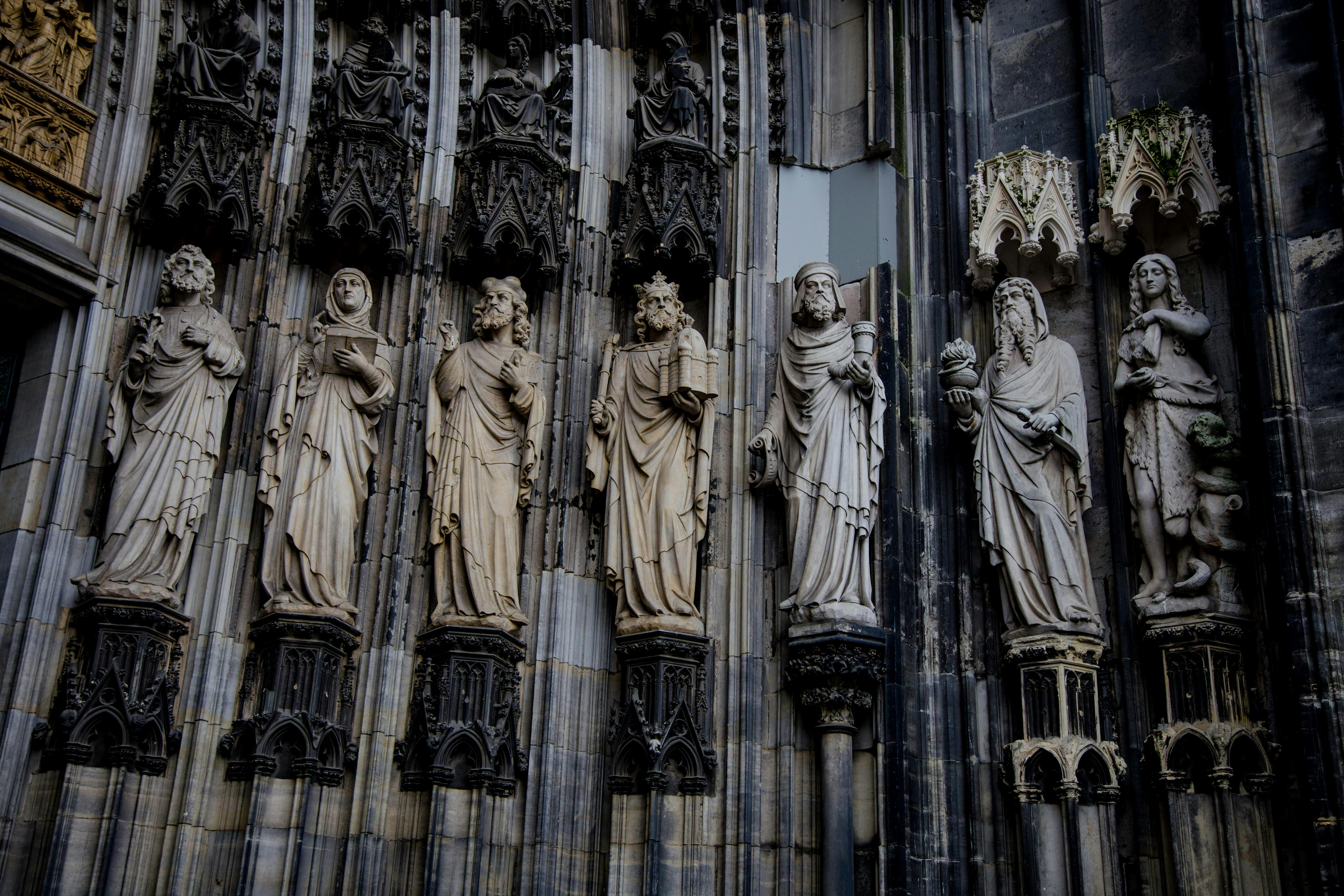
Metal mining in the United States began long before the advent of the gold rush era or before the first explorers came to claim and settle this new frontier. It wasn’t until the advent of carbon dating that no one realized how long mining had been going on in America. The path of discovery of ancient copper mining in America dates back to the first explorers.
When Columbus arrived in the new world, he informed his homeland that the natives had possession of impressive copper weapons. Other early explorers in America and also took notes of copper in the possession of the natives of the island and the mainland. In 1536, Jacques Cartier received nuggets of pure copper from the Indians of the Saint Lawrence River area. The list of explorers who notice copper among the natives goes on. Because the indigenous people considered copper sacred, it took some time for explorers to discover where the copper came from.
By 1800 there was enough evidence of massive amounts of a very pure grade of copper on the Keweenaw Peninsula (which is Michigan’s upper peninsula) that Congress passed a resolution to study copper. In 1820 it was confirmed that the Keweenaw Peninsula contained decent amounts of very pure copper. If the area had not yet been in the possession of the Indians, the first metal rush in America would have been copper. The Georgia Gold Rush in the late 1820s preceded the Copper Rush because of that alone. In 1843, the peninsula became part of the American territories and the copper rush began.
In 1848, Samuel O. Knapp, an agent for a company that would eventually become the Minnesota Mining Company, was looking over a snow-covered hillside and noticed a line of indentations in the snow. He followed these down a path until he came to a cave like opening. Upon exploring the interior, he discovered that the “cave” was actually a man-made hole and that there were remnants of tools inside. After exploration of other wells, it was discovered that there were masses and veins of copper within the wells. It wasn’t long before it became the way to mine these wells every time I found them. Many tools were discovered. Much archaeological information was destroyed.
Carbon dating studies were started on tools found in copper well areas in 1955 and the findings have resulted in a large survey of the wells and the surrounding soil. The wells date back approximately 4,000 years at the latest. Due to the purity of copper and a unique presence of silver with copper, artifacts of the metal from this area can easily be traced to North and Central America and neighboring islands. It is clear that copper mining had established itself as a trade. What is not known is who these ancient miners may have been.
It is known that miners arrived in the area shortly after the glacier recession, at a time when copper could have been collected from the ground surface, the land still barren of forestry facilitating this task. The waterways were also on a higher level making travel easier. As the copper float became scarce, excavation would have been necessary. It is estimated from the thousands of wells found on the Keweenaw Peninsula and hundreds more on the Isle Royale that these early people extracted at least 500 million pounds of copper.
An effort of this size would require a lot of human resources, boats, housing, food supplies, etc. Temporary camps would have been established, if not entire cities. However, no trace of these people has been found other than digging tools and one or two personal effects. There is no evidence of housing, transportation, food gathering, or agriculture. It is believed that due to the harsh winters in the region, the miners came and went seasonally, but it is unknown from where. One expert has compelling evidence that these people may have been here 7,000 years ago and came from Egypt. Other possibilities are that they came from Russia, from the North. Others suggest that they may have been Aztecs or another Central American culture. Near St. Louis, archaeologists are discovering the ruins of a fairly advanced civilization from about 6,500 years ago and are thought to be the lost miners, but not much is known about this culture yet.
As the conjecture and debate continue, all experts seem to agree that the miners were not the ancestors of the native Indians. The Indians had no knowledge or legends of these people and the craftsmanship of the found tools points to a culture much more advanced than the Indian cultures. The only thing we can know for sure is that these people were here, they were here in the ages when man began to use copper, and that artifacts made from the copper they mined can be found in the ruins of many ancient cultures.
Perhaps these early miners left no trace other than the tools they left in their mining pits. Perhaps important evidence was destroyed in the early American copper rush. Hopefully some clues still remain hidden and have yet to be discovered by some lucky archaeologist or treasure hunter. Whatever answers are found, they are sure to be intriguing.